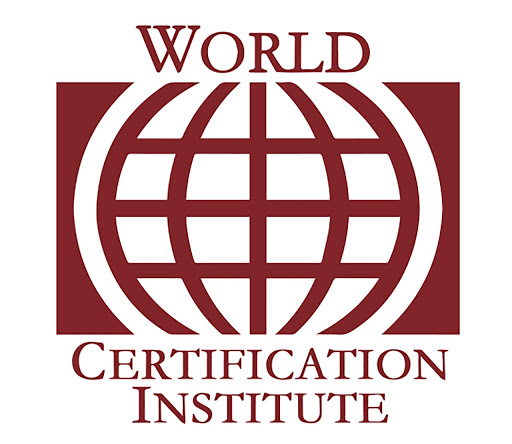Every institute or organisation possesses a set of resources that they somehow utilise in order to work towards their pre-determined organisational goals. Similarly, the holistic process of education and learning relies upon a large variety of resources ranging from the right set of materials available in the learning environment to facilitate the administration of the school, the teacher and other members of staff who lead the learning process, the learning materials deployed to follow the lesson plans, the physical infrastructure and equipment accessible to the teachers and students, the chalk and the board, the computers, stationery materials, and a host of other tools and resources required to enable the learning process. That said, such large amounts of resources can seem to be quite overwhelming, and hence necessitates the idea of resource management. Before teachers and educators master the technique of resource management, they need to be able to wrap their heads around what educational resources really comprise. Here are a few fundamental educational resources that every school or educational institute requires.
- Material or physical resources such as classrooms, offices, chalks, boards, computers, health centres, vehicles, library, laboratory, and other tangible resources.
- The teachers, staff, and other human resources employed by the school.
- Preventative maintenance carried out to avoid breakdowns and ensure optimal performance.
- Routine maintenance carried out periodically to monitor the school’s operations.
- Financial resources or funds required to smoothly operate the institute on a daily basis.
Importantly, just having these resources will not suffice as the management needs to ensure thorough resource management by verifying if the right amount and quality of resources are present. Effective management of these resources is of prime value because of the following reasons:
- Thorough management of human resources is necessary to recruit appropriately qualified teachers, train them in alignment with the school’s principles, and constantly motivate them in order to enhance their performance.
- Financial resources management is also very essential because the daily cash flow and funding figure must be sufficient to make up for unprecedented emergencies. Likewise, managing the finance can help avoid unnecessary expenses and help the school resort to a fixed budget.
- The physical resources such as classrooms and equipment must be properly maintained so that the learning process is not damaged and a proper ambience is created for learning to unfold. For example, if the classrooms are too dark, or the computers don’t work, then the students will not be able to concentrate, and learning will hence be perturbed.
The entire process of managing resources is very extensive and exhaustive because there are plenty of resources composing a school. Keeping that in mind, schools tend to have different departments assigned for managing these resources separately because it is almost impossible to have one department in charge of all the categories of resources. In conclusion, resource management is a complex but extremely important task because the entire running of an educational institute is reliant upon the coordination and integration of these resources in the right mix.









